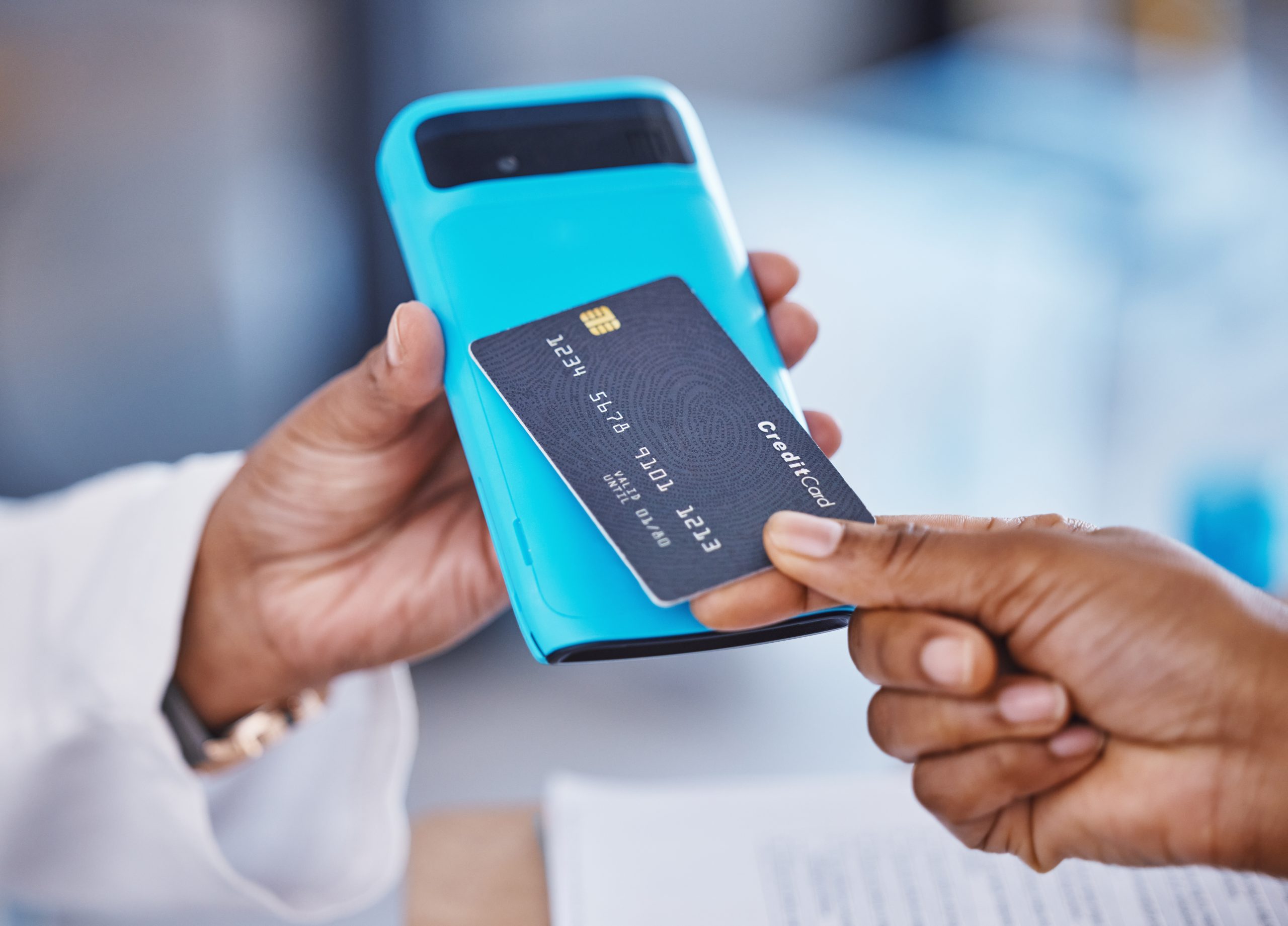
Electronic Payment Transactions in Nigeria Hit N1.07 Quadrillion in 2024: A Record-Breaking Year
Electronic payment transactions in Nigeria soared to an unprecedented N1.07 quadrillion in 2024, marking the first time the country’s digital payment ecosystem crossed the quadrillion threshold. This milestone, equivalent to $702.6 billion based on the closing exchange rate of N1,535/$1 on December 31, 2024, represents a significant leap in the adoption of cashless payment solutions.
According to data released by the Nigeria Inter-Bank Settlement System (NIBSS), the NIBSS Instant Payment (NIP) platform recorded a remarkable 79.6% increase in transaction value compared to the N600 trillion achieved in 2023. The growth reflects the expanding role of electronic payments in Nigeria’s economy.
December 2024: A Festive Peak for Electronic Payments
Throughout 2024, electronic payment transactions showed consistent growth, with December emerging as the highest-performing month as a result of Detty December“, Nigerians spent a record N115.1 trillion via electronic channels during the festive period, setting an all-time monthly high on the NIBSS platform. This spike in activity underscores the increasing reliance on digital payments for seasonal shopping and celebrations.
Surge in Transaction Volume for Electronic Payment
Beyond the value of transactions, the volume of processed payments also saw a significant uptick. NIBSS data shows that transaction volumes increased by 15.5%, rising from 9.7 billion in 2023 to 11.2 billion in 2024. This growth highlights the expanding user base and frequency of electronic transactions across the country.
Drivers of Growth: Cashless Policy and Cash Crunch
Industry analysts attribute the surge in electronic payments to Nigeria’s ongoing cashless policy and recent cash scarcity. The Central Bank of Nigeria’s (CBN) revised cashless policy, effective January 9, 2023, imposes strict limits on cash withdrawals:
- Individuals: Maximum of N500,000 per week.
- Corporate organizations: Maximum of N5 million per week.
Financial analyst Adewale Adeoye noted that limited cash availability has accelerated the shift toward digital payments. “It is expected that electronic transactions will continue to rise as banks are reluctant to release cash like before,” he explained. “If ATMs and banks fail to meet cash demands, people resort to PoS operators or mobile transfers.”
Evolution of NIBSS Instant Payments (NIP)
The NIBSS Instant Payment (NIP) system, launched in 2011, has become Nigeria’s go-to platform for real-time interbank transfers. NIP ensures instant value to beneficiaries and is accessible through various channels, including:
- Internet banking
- Bank branches
- Mobile apps
- USSD codes
- Point-of-Sale (PoS) terminals
- ATMs
Over the years, Nigerian banks have integrated NIP into these channels, making it a cornerstone of the country’s digital payment infrastructure.
Key Insights and Future Outlook
- Behavioral Shift: Many Nigerians are adapting to mobile transfers, PoS payments, and USSD transactions, driven by necessity and convenience.
- Policy Impact: The revised cashless policy has been a significant catalyst for the growth of electronic payments.
- Technological Adoption: With more users leveraging digital platforms, transaction volumes and values are expected to grow further.
The remarkable performance of Nigeria’s electronic payment ecosystem in 2024 underscores its potential to drive financial inclusion and economic growth. As more Nigerians embrace cashless solutions, the future of digital payments in the country looks promising.






Leave a Reply